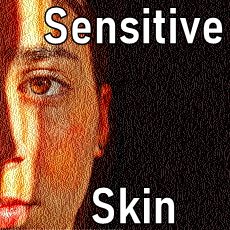Concussion
Concussion - symptoms, signs and prevention
Fact Checked
×All the content published in our website is fact checked to validate its accuracy.
Visit our guidelines web page to learn more about our strict processes regarding how we review our content's sources: reliable and reputable journals, media websites, universities, colleges, organizations, and professionals.
Our articles are based on scientific evidence, and the references are included in its footnotes, which are clickable links to sound scientific papers.
First published: 10.Sept.2023
Overview:
Concussion is a mild brain injury caused by a knock or blow to the head or a sudden change in motion that disrupts how the brain normally works. Its symptoms can appear upto several days after the initial injury. It usually does not require visiting the hospital but it can require visiting an emergency room if danger signs appear.
This article explains what it is, its symptoms, signs, how to care for it, and most importantly, how to prevent concussion.
Sports require adequate headgear to protect your head from injury, and your home can be checked to make it safer for children and older adults to avoid head injury.
References and Further Reading
(1) National Health Service, Head injury and concussion. Last Reviewed: 26 October, 2021. Accessed: Sept. 10, 2023
(2) Centers for Disease Control and Prevention, National Center for Injury Prevention and Control. Brain Injury Basics. Last Reviewed: February 12, 2019. Accessed: Sept. 10, 2023
(3) Centers for Disease Control and Prevention, National Center for Injury Prevention and Control. Traumatic Brain Injury & Concussion - Prevention. Last Reviewed: May 12, 2021. Accessed: Sept. 10, 2023
(4) American Association of Neurological Surgeons, Concussion. Accessed: Sept. 10, 2023
(5) Zachary Y. Kerr, Avinash Chandran, Aliza K. Nedimyer, Alan Arakkal, Lauren A. Pierpoint, Scott L. Zuckerman, (2019). Concussion. Concussion Incidence and Trends in 20 High School Sports. Pediatrics November 2019; 144 (5): e20192180. 10.1542/peds.2019-2180
About this Article
Concussion, A. Whittall
©2023 Fit-and-Well.com, 10 Sept. 2023. Update scheduled for 10 Sept. 2025. https://www.fit-and-well.com/health/concussion.html
Tags: Concussion




